What is a fox?
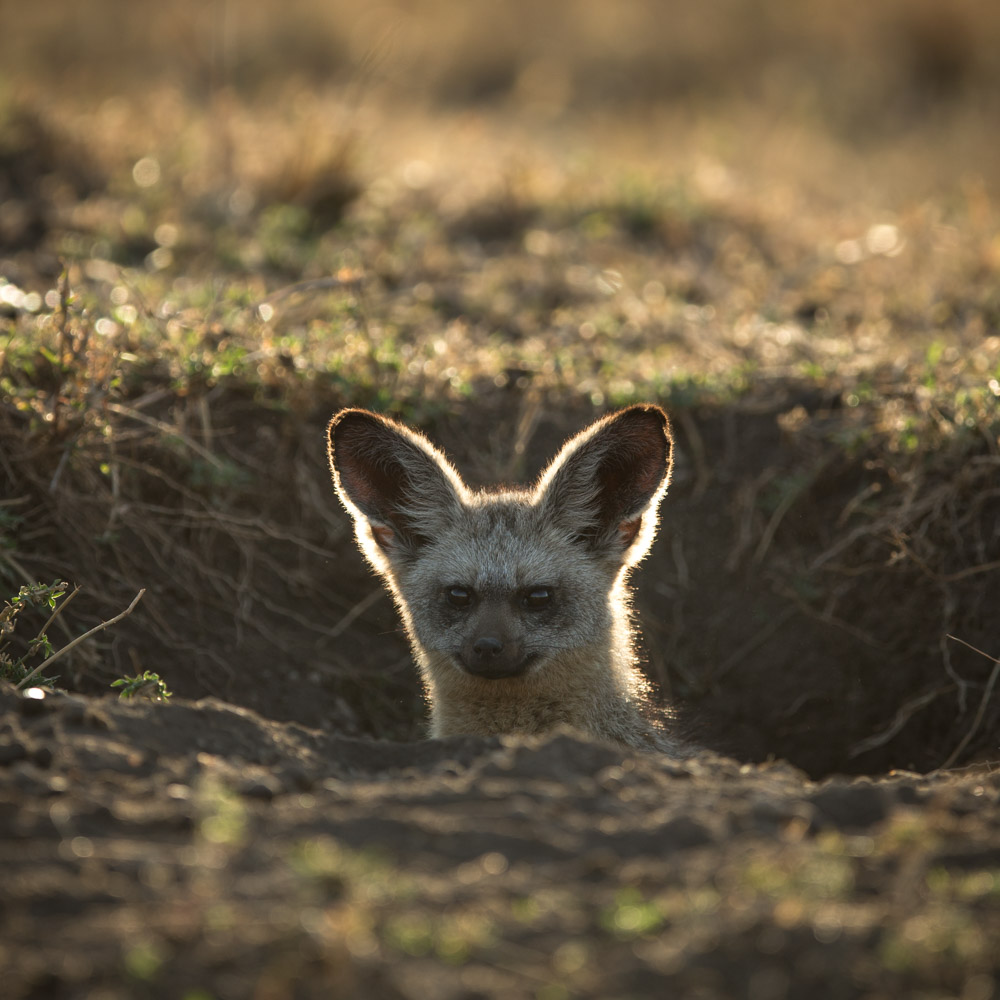
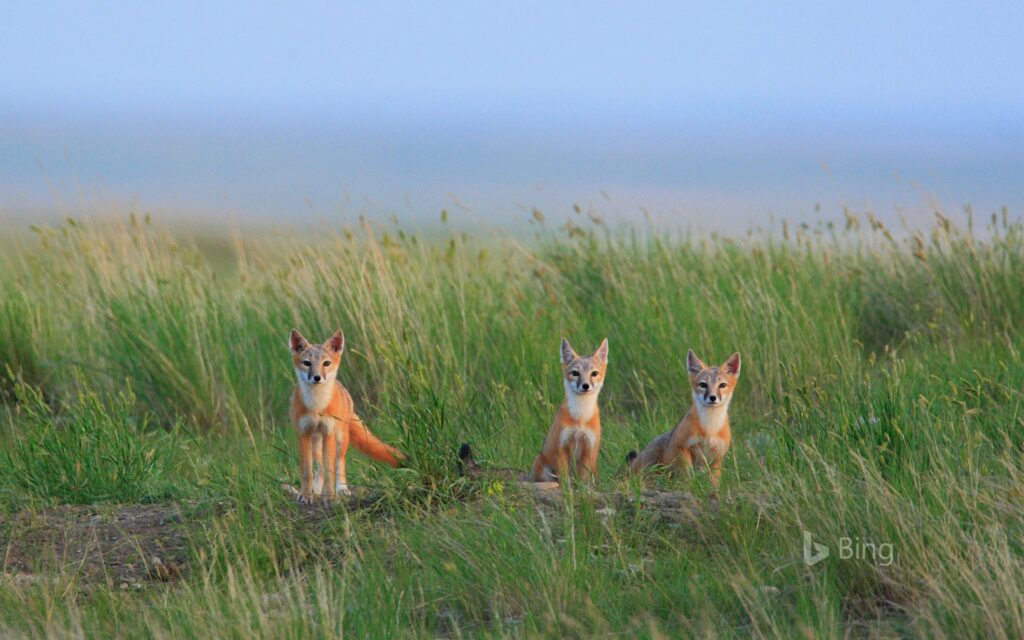



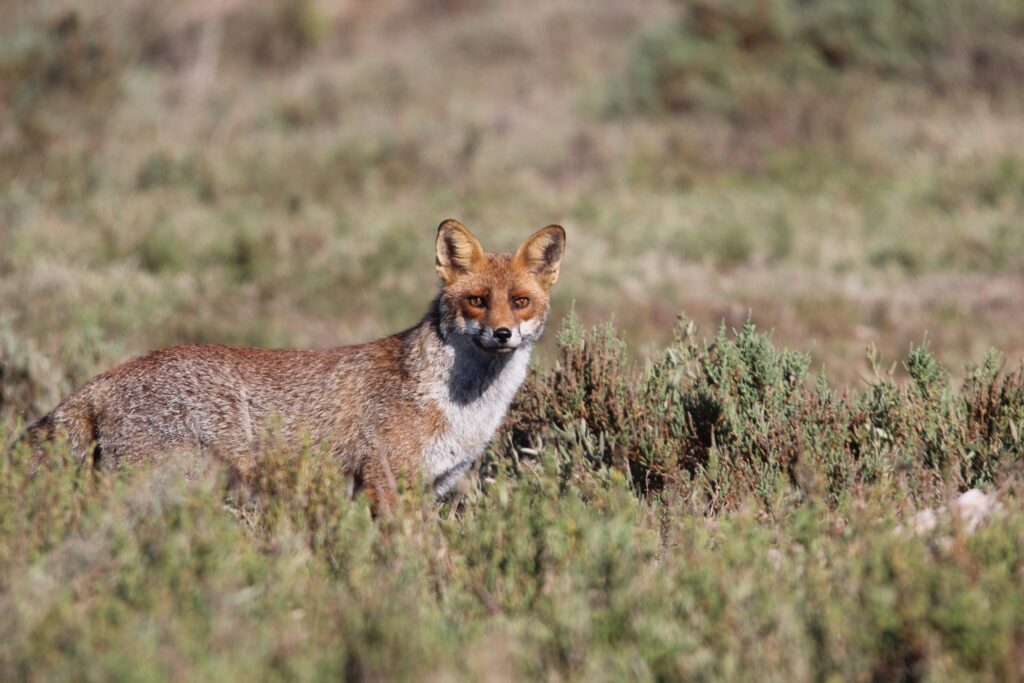
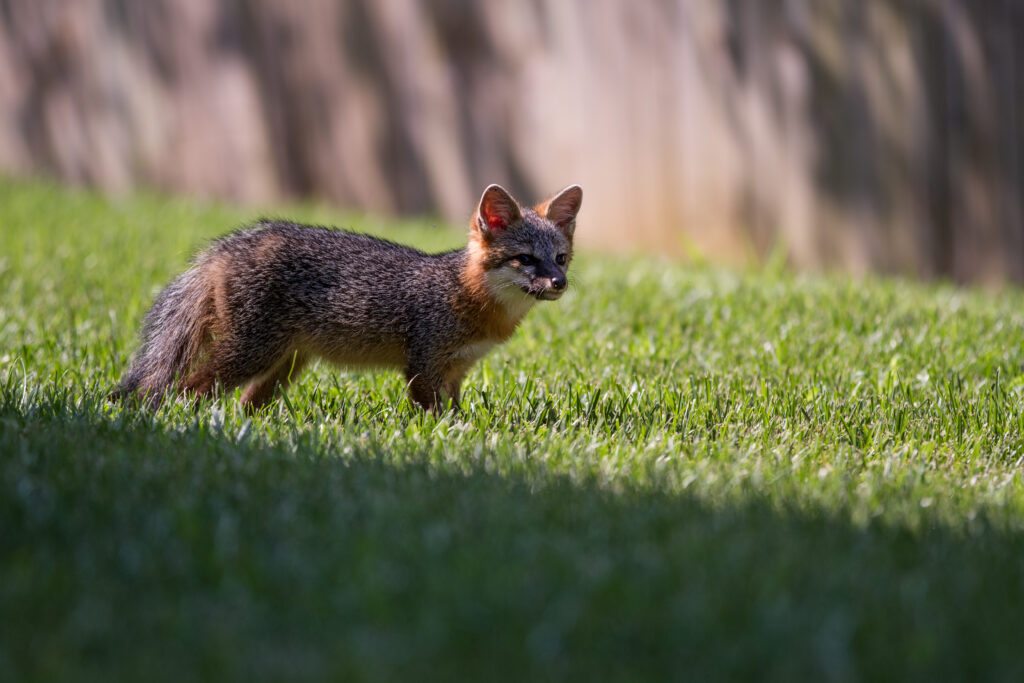
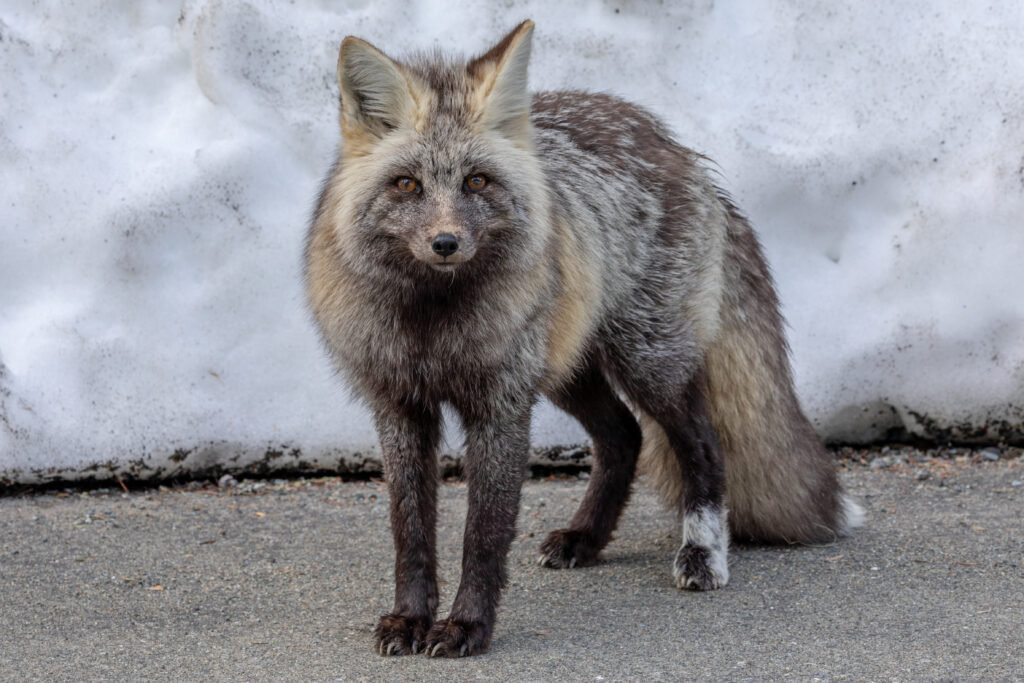
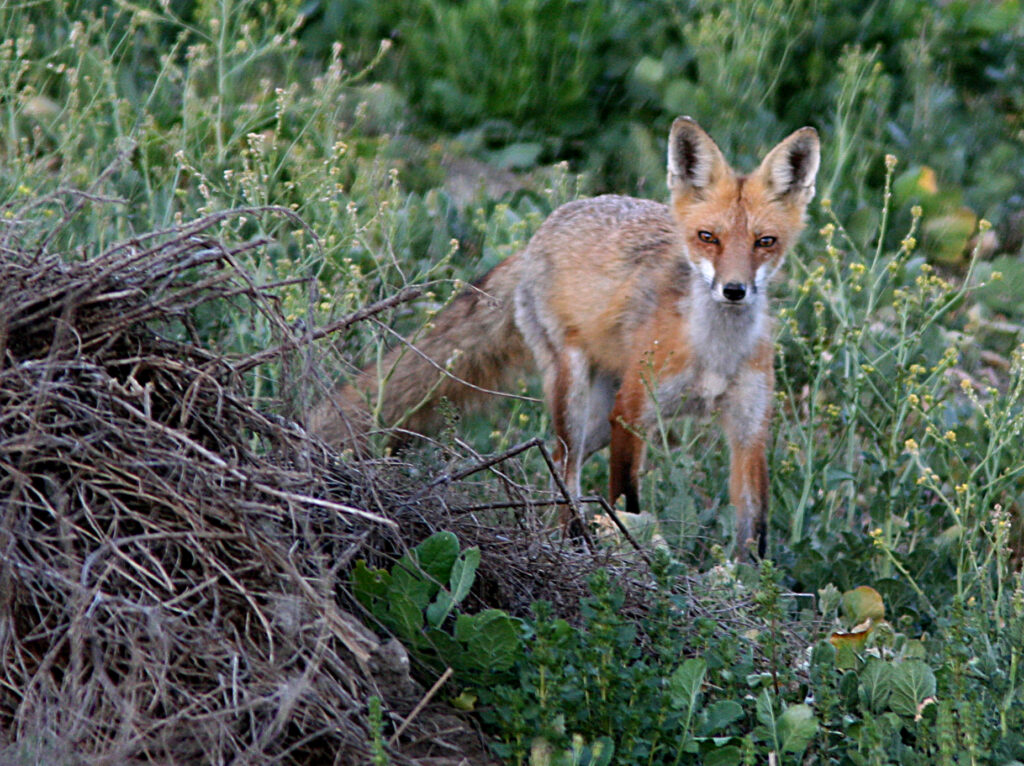
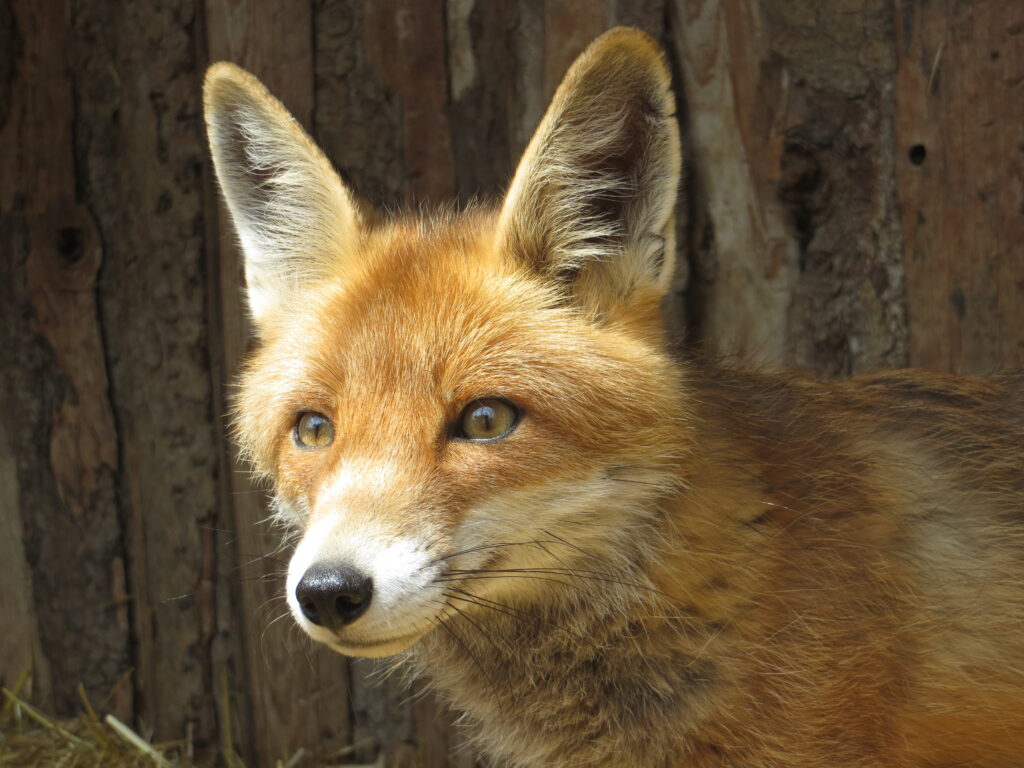
Foxes are represented in literature, myths, and media from many cultures throughout history. They are often portrayed as tricksters or painted in a negative light. However, foxes are generally shy and play an important role in pest control and seed dispersal. Many might picture a small, red animal with a slender head and bushy tail. These are red foxes (Vulpes vulpes), one of the most widespread members of the fox family, and they can be found across the globe. The genus Vulpes refers to true foxes and includes 12 species:
- Arctic fox (V. lagopus)
- Bengal fox/Indian fox (V. bengalensis)
- Blanford’s fox (V. cana)
- Cape fox (V. chama)
- Corsac fox (V. corsac)
- Fennec fox (V. zerda)
- Kit fox (V. macrotis)
- Pale fox (V. pallida)
- Rüppell’s fox (V. rueppellii)
- European Red fox (V. vulpes) & North American Red fox (V. fulva)
- Swift fox (V. velox)
- Tibetan sand fox (V. ferrilata)
Foxes are part of the Caninae group, which also includes dogs and wolves. In addition to the species listed above, there are members of Caninae outside of the Vulpes genus that are commonly considered foxes. These are listed below with their genus:
- Crab-eating fox (Cerdocyon)
- Simien fox (Canis)
- Culpeo/Andean fox (Lycalopex)
- Darwin’s fox (Lycalopex)
- Chilla/South American gray fox (Lycalopex)
- Pampas fox (Lycalopex)
- Hoary fox (Lycalopex)
- Sechuran fox (Lycalopex)
- Bat-eared fox (Otocyon)
- Gray fox (Urocyon)
- Island fox (Urocyon)
Foxes are characterized by their distinct appearance, including their small size and flat skull. They also have long, slender back legs, which make them excellent climbers and jumpers. Foxes are omnivores and consume a combination of insects, small animals, and plants. Much of their diet is obtained through scavenging or hunting, usually at night.
A male fox (dog) and female fox (vixen) bring up their offspring (kits) together. Foxes may be solitary or adhere to a social hierarchy if living in a group. A group of foxes generally consists of several adults, and kits leave the group once able to hunt independently.
Foxes must navigate a number of dangers throughout their lifetime. Natural predators of the fox include larger mammals and birds of prey. However, many of the threats to a fox’s survival are a result of human activity. Considered pests in many communities, foxes are hunted both for protection of property or assets and for sport. Some species are farmed for their fur, especially those with distinct coat coloration.
Most true fox species are classified as being of least concern in terms of conservation status. However, the Darwin’s fox and the Island fox are both classified as endangered. Efforts to increase the Island fox population have been largely successful. When some of the Island fox subspecies populations declined by 99%, the National Park Services and Catalina Island Conservancy implemented several conservation efforts and were able to significantly increase population numbers.
This serves as an example of the positive impact human action can have on conservation. Efforts to increase threatened wild populations may be the difference between species preservation and extinction.
